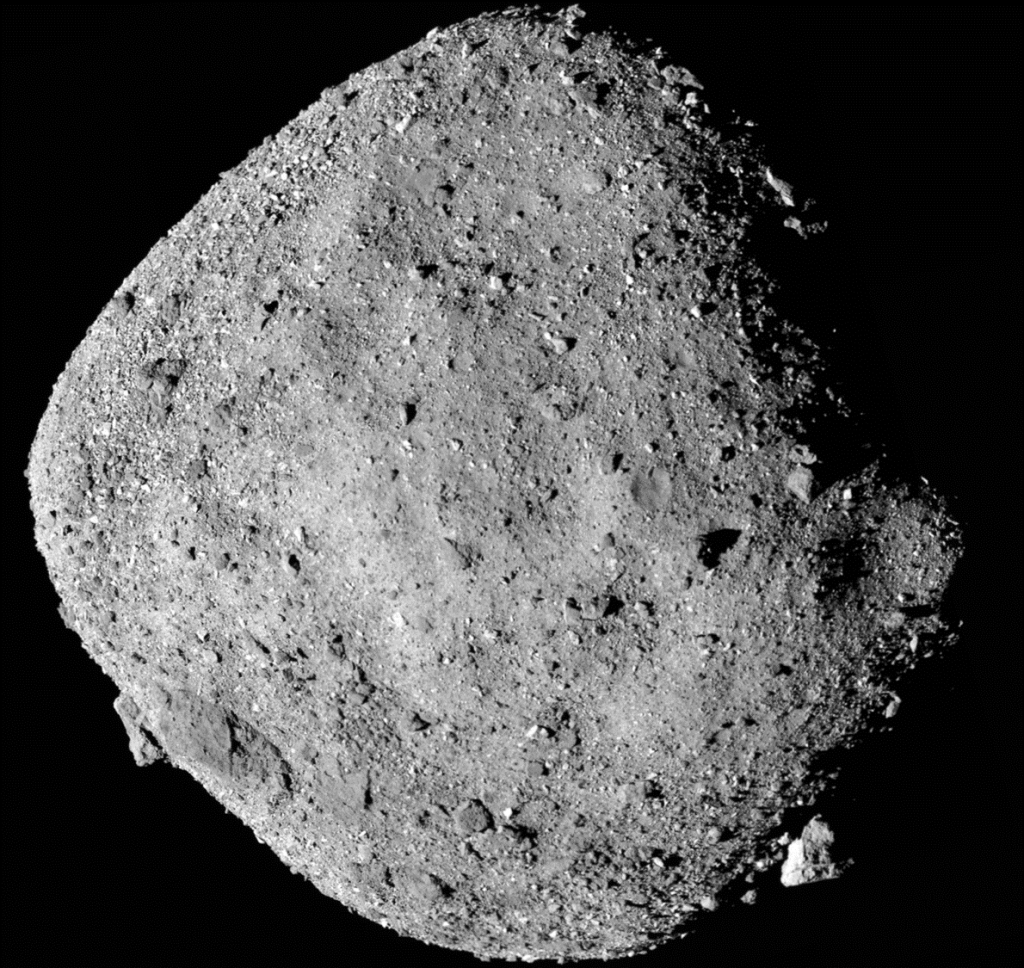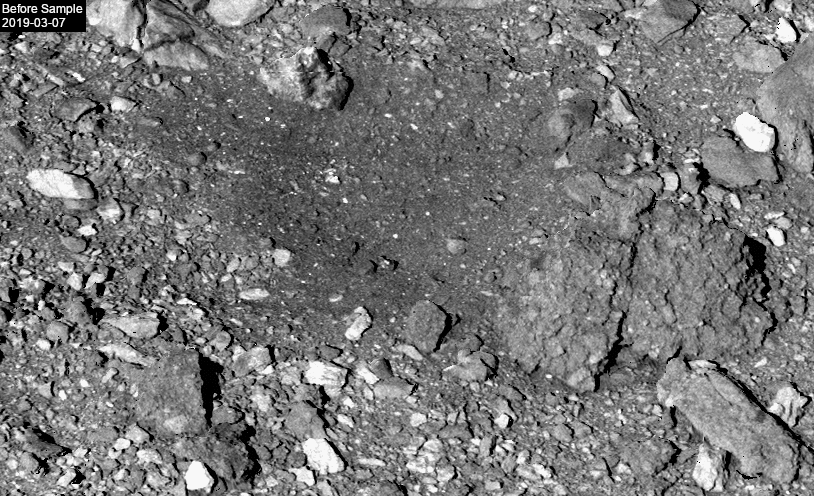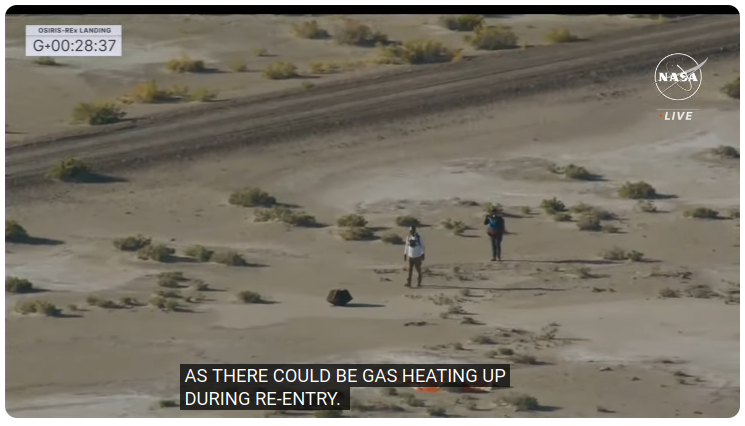The capsule, carrying a sample of materials collected from the surface of the asteroid Bennu by NASA’s OSIRIS-REx spacecraft, landed smoothly at the specified place and time.
NASA’s OSIRIS-REx (Origins, Spectral Interpretation, Resource Identification, Security, Regolith Explorer) space probe began its journey to the near-Earth asteroid (101955) Bennu on September 8, 2016, seven years ago, with the aim of studying it closely and collecting a physical sample of Its surface, then delivered to our planet in a capsule to conduct laboratory tests on it. Based on its orbit, Bennu is an Apollo-type asteroid, and in terms of impact with our planet, it belongs to the Potential Hazard Category (PHA). Detecting these and similar small celestial bodies, tracking their orbits, and studying their physical properties, structure and composition, is fundamentally important in order to effectively prevent a possible catastrophic collision with our planet. It is important to note that today we do not know which specific small celestial body would actually collide with our planet, but we must be prepared for such a possibility. In addition to basic knowledge of small celestial bodies in our solar system, the OSIRIS-REx mission works to better understand dangerous small celestial bodies.
OSIRIS-REx arrived at the asteroid Bennu on December 31, 2018 and entered its orbit around it. Bennu belongs to the B subtype of primitive C-type carbonaceous asteroids with a simple structure. Careful study of such asteroids and analysis of their materials can provide insight into the processes surrounding the formation of the solar system. Approximate dimensions of Bennu: 565 x 535 x 508 (meters). It is an asteroid with a widening shape along its equator perpendicular to the axis of rotation.

It soon became clear that Bennu’s surface was very rough, which would make it very difficult to collect a physical sample from its surface, so suitable areas for sampling had to be carefully chosen. For this reason, a detailed map of the asteroid had to be drawn, for which many close-ups were taken. Finally, safe and successful surface sampling took place on October 20, 2020. The probe’s sampling arm struck the designated sampling location on the asteroid’s surface at a distance of about 92 cm. Experts estimate the weight of the collected sample to be about 250 grams.

OSIRIS-REx departed the asteroid Bennu on May 10, 2021, and after a long interplanetary journey, touched down smoothly on Sunday, September 24, 2023, at 16:52 Galactic time, in the semi-desert area of the Utah Training Area. Range” in Utah. In the first stage of braking in the Earth’s atmosphere, there was still braking without a parachute, then from a height of about 6000 meters down, the combined parachute opened and ensured a smooth landing. The final stage of the probe’s descent can be followed through recordings Drones and helicopters. Inside the capsule there is a protective gas (nitrogen), which protects the material sample from possible ground-based atmospheric contamination. The landing capsule shell was heated to a high temperature during its braking in the Earth’s atmosphere. The protective gas inside could also heat up, and there was a danger It would leak out and become toxic. Therefore, it was only allowed to approach the capsule with a gas mask, until after appropriate measurements they were convinced that there was no leakage and no danger.

After the hot capsule hits the ground, it still needs time to cool down and be ready for transport.

The successful return of the OSIRIS-REx capsule containing a material sample has allowed the USA to obtain its own collected material sample from an asteroid. Because the Japanese Aerospace Agency (JAXA) has already succeeded in bringing samples to Earth from two different near-Earth asteroids using two space probes (Hayabusa-1 and 2). Hayabusa-1 collected less than 1 milligram of the asteroid (25143) Itokawa in 2005, and Hayabusa-2 collected 5.4 grams of the near-Earth asteroid (162173) Ryugu in 2019. Therefore, the American spacecraft OSIRIS-REx collected the largest amount of material samples from Asteroid so far.
The OSIRIS-REx mission has not yet finished delivering the material sample from asteroid Bennu to Earth. The mother probe will continue its journey in interplanetary space, and according to plans, in 2029, it will visit the famous near-Earth asteroid (99942) Apophis, which is also potentially dangerous. As is known, Apophis will approach the Earth’s surface at an altitude of about 31,600 kilometers on April 13, 2029, but it will not collide with our planet. Fortunately, Apophis does not threaten to collide with our planet in the foreseeable future.
The news is related to the topic of the GINOP-2.3.2-15-2016-00003 project “Cosmic impacts and risks.”
sources:
Related website:
comment











































